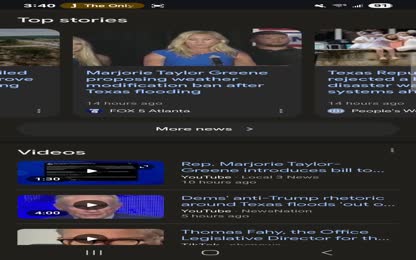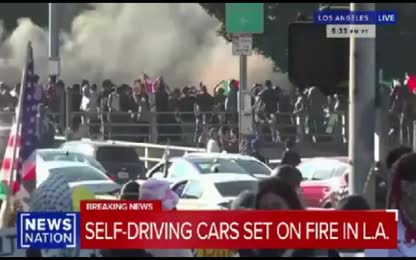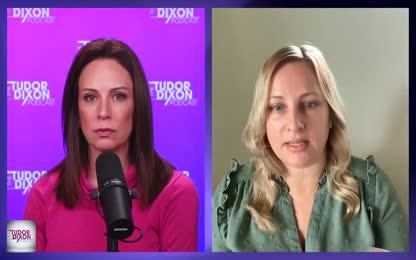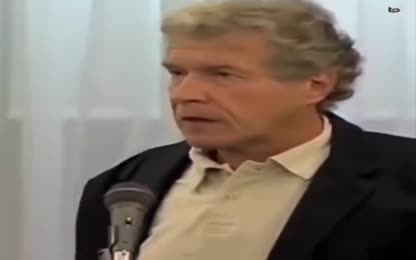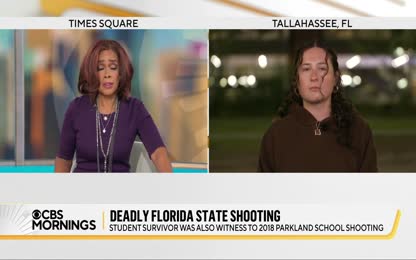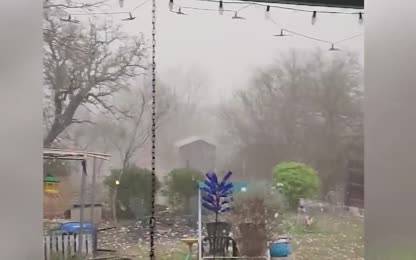Advertisement
Ex-CIA agent explains manipulation of MSM
Ex-CIA agent explains manipulation of MSM 1983 https://rense.com/general97/1983-cia.php
- Category: CIA /FBI OPERATIVE or former,Mainstream Media (MSM),Manipulation,Management by Deception
- Duration: 04:03
- Date: 2022-12-03 03:09:10
- Tags: cia, agent, explains, manipulation, msm, 1983
1 Comments
Video Transcript:
You briefed the press. Did you not when you were there? Well, I had several jobs. One of my jobs was that of analysts. I also was an interrogator and indeed briefed the press when we, the CIA, wanted to circulate disinformation on a particular issue. Disinformation is not necessarily a lie. It may be a half truth. And we would pick out a journalist. I would go do the briefing and hope that he would put the information in print. For instance, if we wanted to get across to the American public, that the North Vietnamese were building up their force structure in South Vietnam, I would go to a journalist in advise him that in the past six months, X number of North Vietnamese forces had come down the Ho Chi Minh Trail system through Southern Laos. Now, there is no way a journalist can check that information. So either he goes with the information or he doesn't and ordinarily or usually, the journalist would go with it because it was, it looked like some kind of exclusive. And I would say our percentage of planning that kind of data was 70 to 80%. The correspondence we targeted were those who had terrific influence, the most respected journalist in Saigon, like Robert Chaplin of the New Yorker magazine, Chi's beach of the Los Angeles Times from time to time. And also he worked for the Chicago Daily News, Bud Merrick of US News and World Report, Malcolm Brown of the New York Times, even Maynard Parker of Newsweek magazine. We would go after these gentlemen. I would be directed to cultivate them to spend time with them at the Caraville Hotel or the Continental Hotel to socialize with them and slowly but surely to try to gain their confidence by doling out valid information, information which was true. And then I would drop into a conversation, the data that we wanted to get across, which might not be true. One piece of data, for instance, that we managed to plan in the New Yorker magazine had to do with, the supposed North Vietnamese effort in 1973 to develop airfields along the border of South Vietnam. The reason we wanted to plant this information was that we were trying to persuade the US Congress that Saigon should be continued to, should continue to get a great deal of aid and that the North Vietnamese were the chief violators of the ceasefire accord. That was printed in the New Yorker magazine under the byline of Robert Chaplin, as indeed was a great deal of such information which we tried to circulate. If I planted a piece of information with a reporter, I would ordinarily then try to create an environment in which he could not check the information. I would go to the British ambassador and brief him on the disinformation I had just given the reporter. So when the reporter wanted to cross-check what I told him with, say, the British ambassador, New Zealand ambassador, or what have you, he would get false confirmation, the same message coming back at him, he would say, I've got proof that Frank Snap told me the truth. When, in fact, what he got and was simply an echo of what I'd given him in the first place, via the British ambassador or other of our friendly diplomatic contacts. I am, as an XCI agent, posed to the disinformation activities in which I was involved. I admit that I was involved and I think it served no useful purpose, propagandizing the American public or Congress is not the CIA's job.










 Donate
Donate